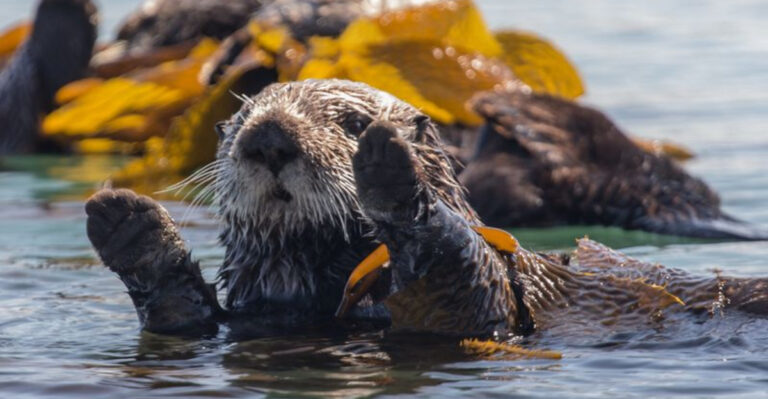Why Do Snakes Exist? (17 Reasons Why)

Why do snakes exist? These slithery creatures, often feared and misunderstood, play vital roles in the ecosystem and have fascinating qualities that many might not know.
From being natural pest controllers to cultural symbols, snakes are more than meets the eye. Let’s dive into 17 intriguing reasons why these enigmatic reptiles slither across our planet.
1. Natural Pest Control
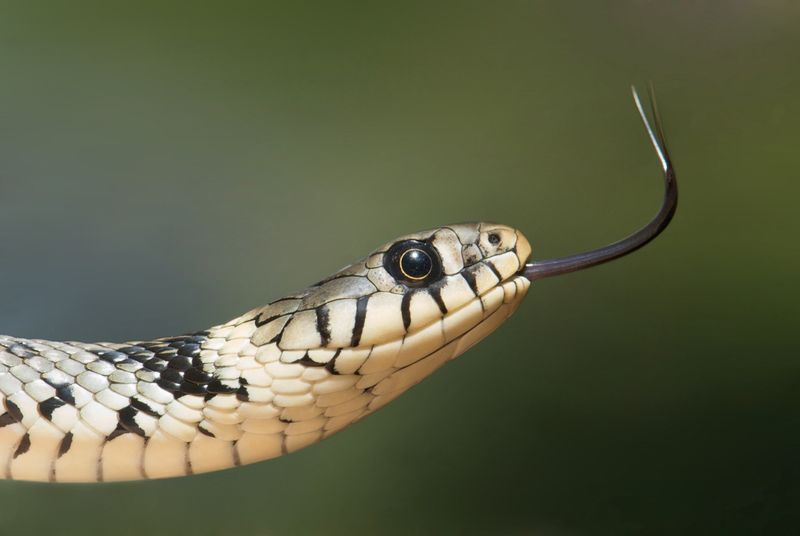
Snakes are nature’s pest control experts. Imagine a world overrun with rodents and insects! These stealthy hunters keep the population of pests like mice and rats in check.
Without snakes, farmers would struggle more with crop damage. This ecological service saves crops and reduces reliance on chemical pesticides, making snakes essential for a balanced ecosystem.
2. Biodiversity Contributors

In the rich tapestry of life, snakes add a splash of color and intrigue. They contribute to biodiversity by occupying various ecological niches.
Each snake species has adapted to specific environments, from rainforests to deserts. This diversity ensures ecological resilience and balance, allowing ecosystems to thrive even in changing conditions. Snakes, therefore, are vital for healthy ecosystems.
3. Cultural Symbols

Throughout history, snakes have slithered into myths, legends, and art. They symbolize everything from rebirth to danger across different cultures.
The serpent’s ability to shed its skin makes it a potent symbol of renewal and transformation. From the Ouroboros to the staff of Asclepius, snakes have left an indelible mark on human culture and storytelling.
4. Medical Marvels

Believe it or not, snake venom holds the secrets to medical breakthroughs! Researchers study venom’s complex compounds to develop medicines for hypertension, heart attacks, and more.
These slithery creatures might just hold the key to curing diseases. So, the next time you see a snake, remember it’s not just a reptile but a potential lifesaver!
5. Educational Ambassadors
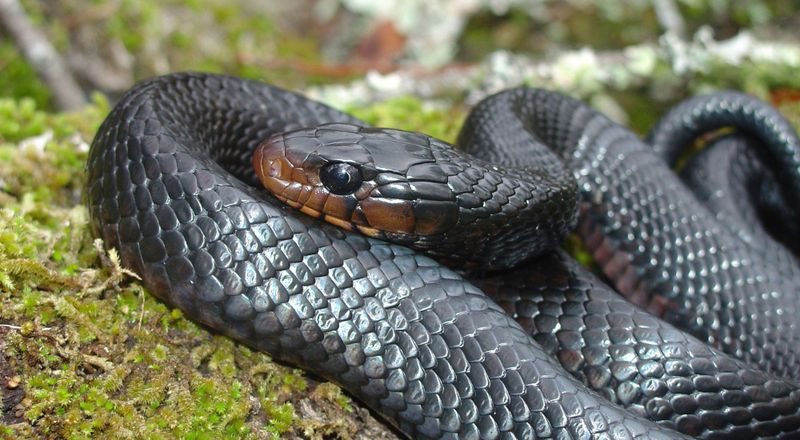
Snakes play a surprising role in education. These fascinating reptiles are often used in classrooms and educational programs to teach students about wildlife, adaptation, and conservation.
Handling a snake can dispel fears and spark curiosity. Through educational outreach, snakes help foster a deeper understanding and appreciation for nature.
6. Ecosystem Engineers
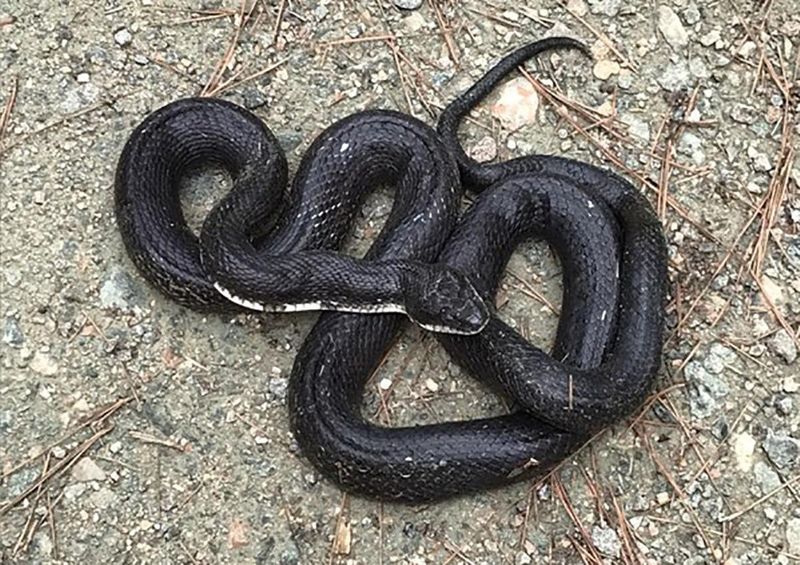
Some snakes take on the role of ecosystem engineers by modifying their environment. Species like the indigo snake create burrows that are used by other animals for shelter.
These changes promote habitat diversity and provide opportunities for other species to thrive. Snakes, therefore, are not just inhabitants but architects of their habitats.
7. Culinary Curiosities

In some cultures, snake is more than a slithery neighbor—it’s a delicacy! From soups to stir-fries, snake meat is enjoyed for its unique texture and flavor.
This practice promotes sustainable use of wildlife resources and adds culinary diversity. While not everyone’s cup of tea, snake dishes are a testament to the diverse ways humans interact with nature.
8. Myth Busters

Snakes are often the subject of myths and misconceptions. Contrary to popular belief, they are not aggressive monsters but shy creatures avoiding conflict.
Educational programs and snake experts help dispel myths, fostering a more accurate understanding of these reptiles. By busting myths, we can appreciate snakes for their true nature and diverse roles.
9. Adaptive Marvels
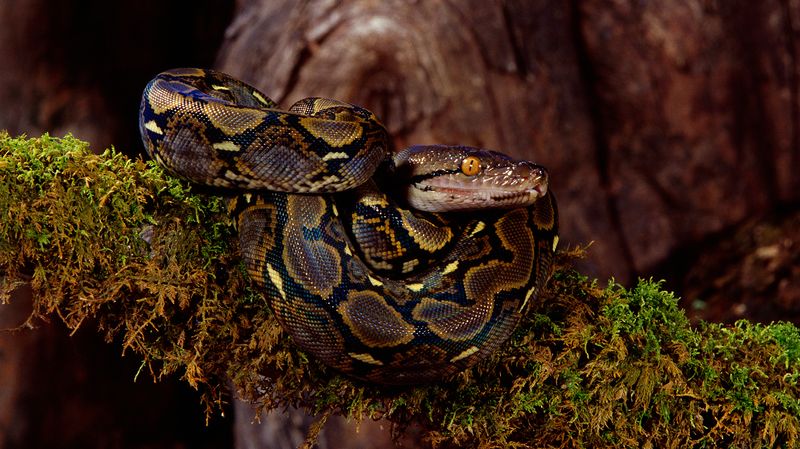
Snakes are masters of adaptation. Their ability to blend into surroundings is like nature’s magic trick, allowing them to hunt and avoid predators.
From the chameleonic colors of the green tree python to the sand-swept hues of the desert viper, snakes illustrate nature’s ingenuity. These adaptations are key to their survival and ecological success.
10. Spiritual Guides

In some spiritual traditions, snakes are seen as guides to inner transformation and wisdom. Their presence in meditation and rituals symbolizes renewal and the shedding of old ways.
The snake’s journey of transformation resonates with human experiences of growth and change. These spiritual associations highlight the deep connection between humans and snakes.
11. Climate Indicators

Snakes can be surprising climate indicators. Their presence and behavior provide clues about environmental health and climate change.
For instance, snake sightings may increase with warm temperatures. By observing snakes, scientists gain insights into ecosystem changes, making these reptiles valuable for environmental monitoring and research.
12. Natural Beauty

Snakes, with their mesmerizing patterns and vibrant colors, are living art. Their scales shimmer in sunlight, creating a spectacle of natural beauty.
This allure has inspired artists and photographers alike. Beyond aesthetics, snake beauty reflects evolutionary adaptations, showcasing the wonders of nature’s design. Snakes remind us of the elegance in the wild.
13. Life Cycle Demonstrators
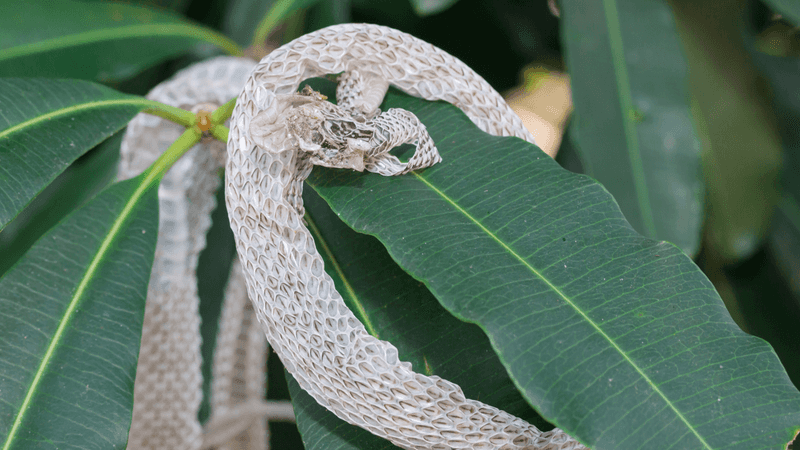
The life cycle of a snake, especially the shedding process, is a natural wonder. As snakes grow, they shed their skin, symbolizing renewal and growth.
This process is fascinating to observe and teaches about natural cycles and adaptation. The snake’s life cycle offers insights into biology and evolution, reminding us of the perpetual change in nature.
14. Silent Communicators
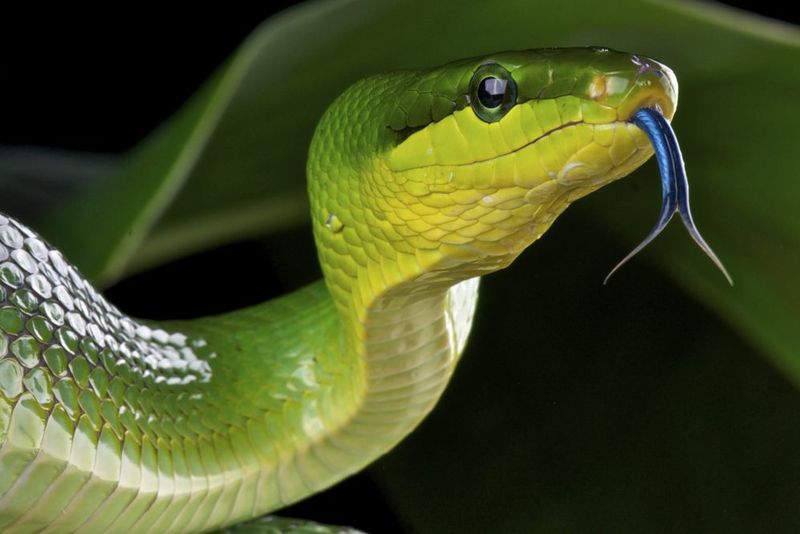
Snakes might not have vocal cords, but they communicate in intriguing ways. Flicking their tongues, they gather chemical cues from the environment, ‘tasting’ the air.
This silent communication helps them track prey and navigate their world. Understanding these subtle methods enriches our appreciation of snake behavior and their role in nature.
15. Resilience Icons
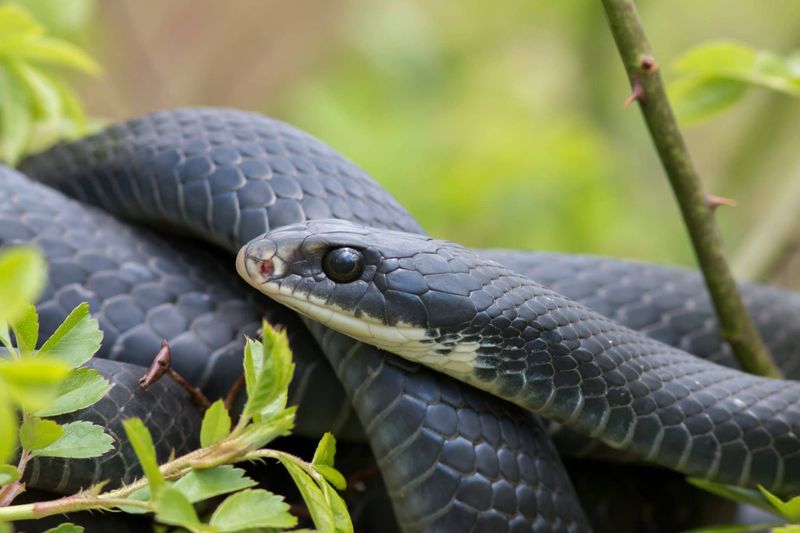
Snakes are icons of resilience, thriving in environments that test their limits. From arid deserts to dense jungles, these adaptable creatures overcome challenges with ease.
Their ability to survive in diverse habitats reflects nature’s resilience and innovation. Snakes teach us about survival and perseverance, inspiring us to adapt and thrive against odds.
16. Predator-Prey Dynamics
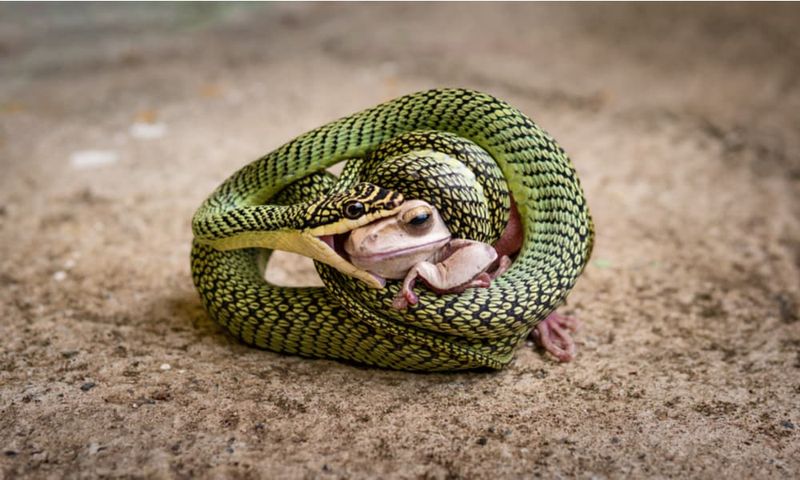
Snakes play a crucial role in predator-prey dynamics, maintaining ecological balance. They regulate prey populations, ensuring healthy ecosystems. This interaction is vital for biodiversity and prevents overpopulation of certain species.
The presence of snakes in the food web exemplifies the intricate connections within nature, highlighting their ecological importance.
17. Evolutionary Wonders

Snakes have an astonishing evolutionary story, evolving from lizard-like ancestors millions of years ago. Their limbless bodies represent a remarkable adaptation to diverse environments.
The fossil record reveals their ancient lineage and survival through epochs. Studying snake evolution deepens our understanding of life’s history and the adaptability of species.






